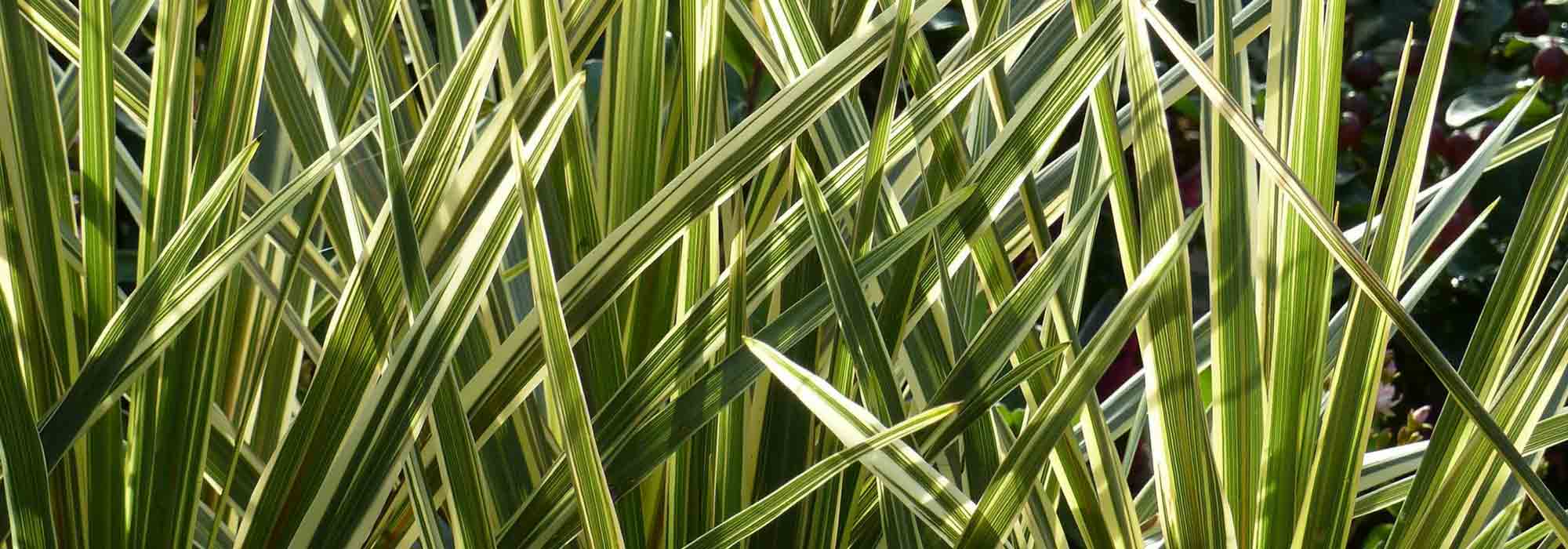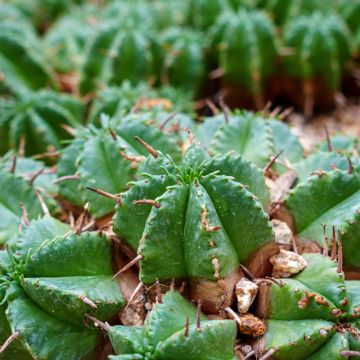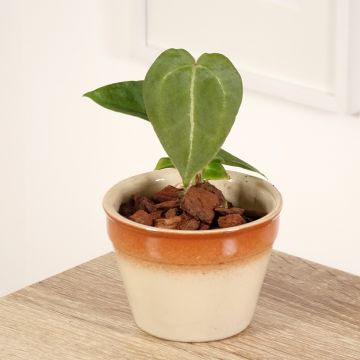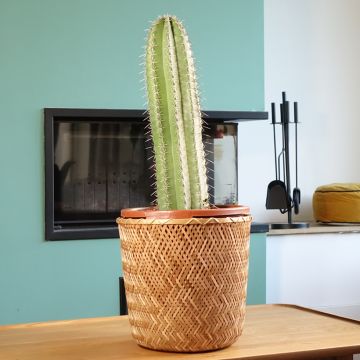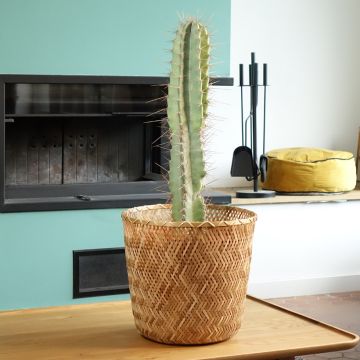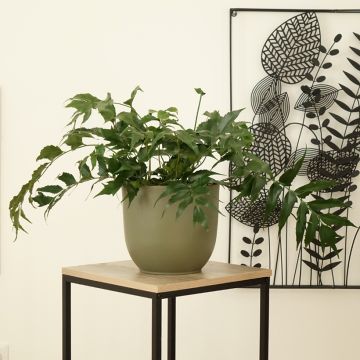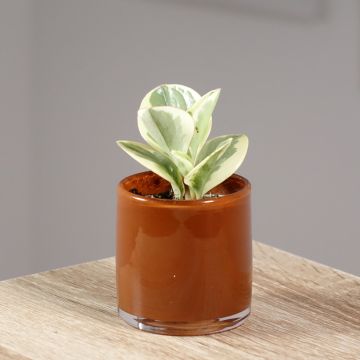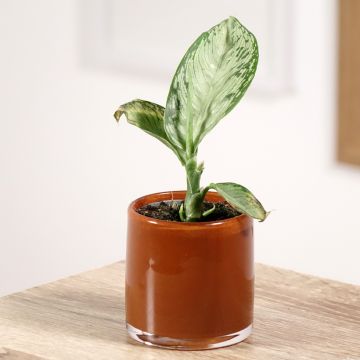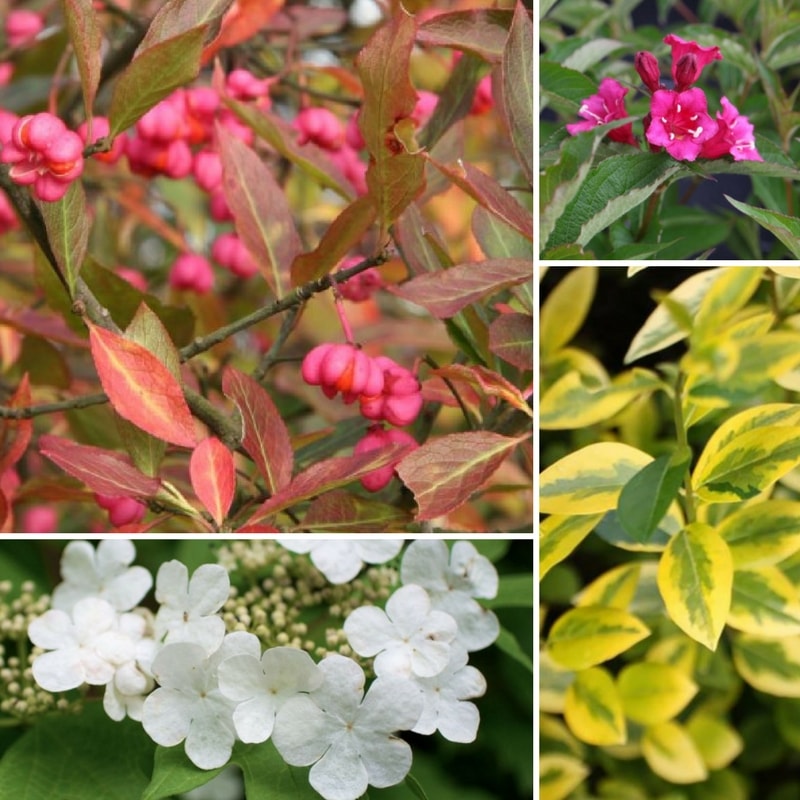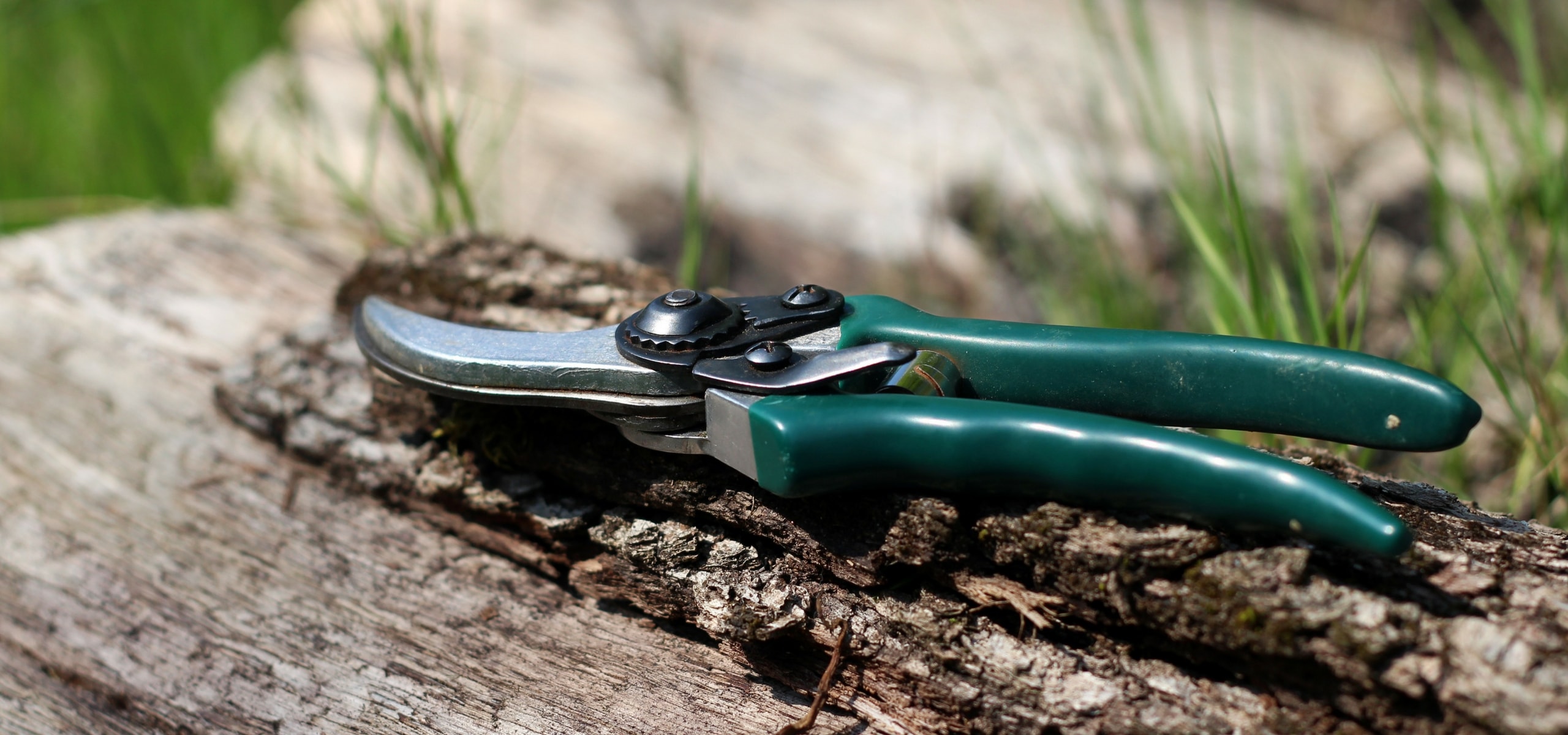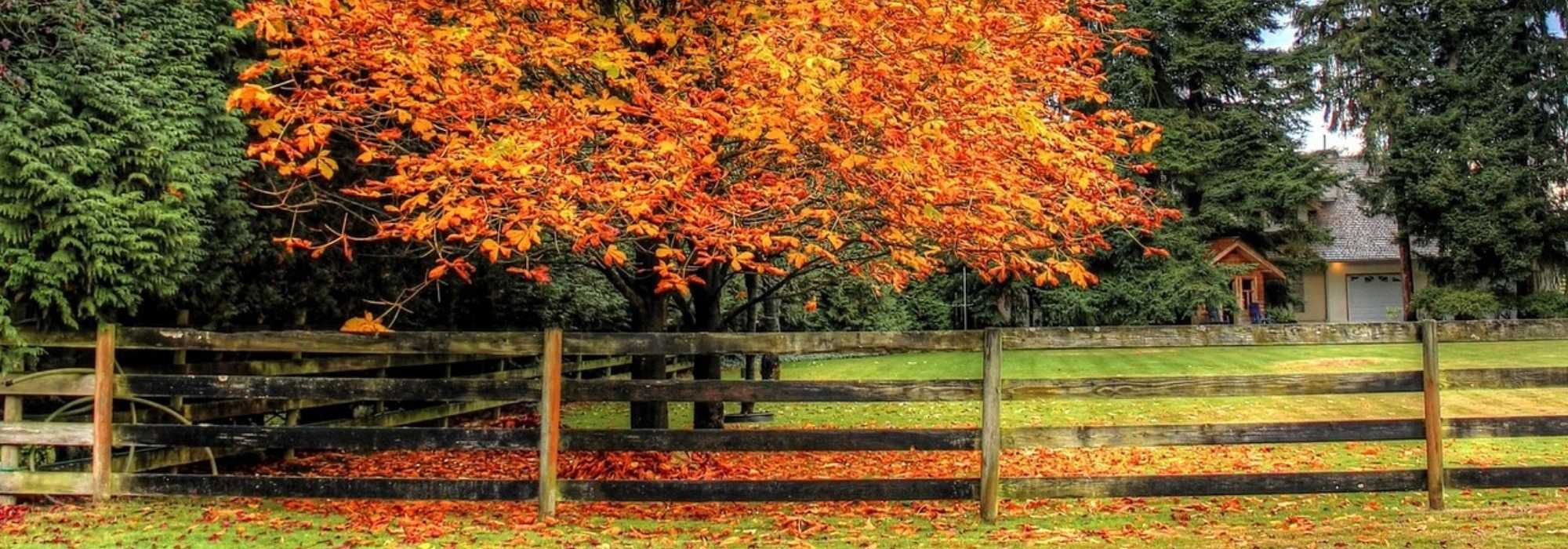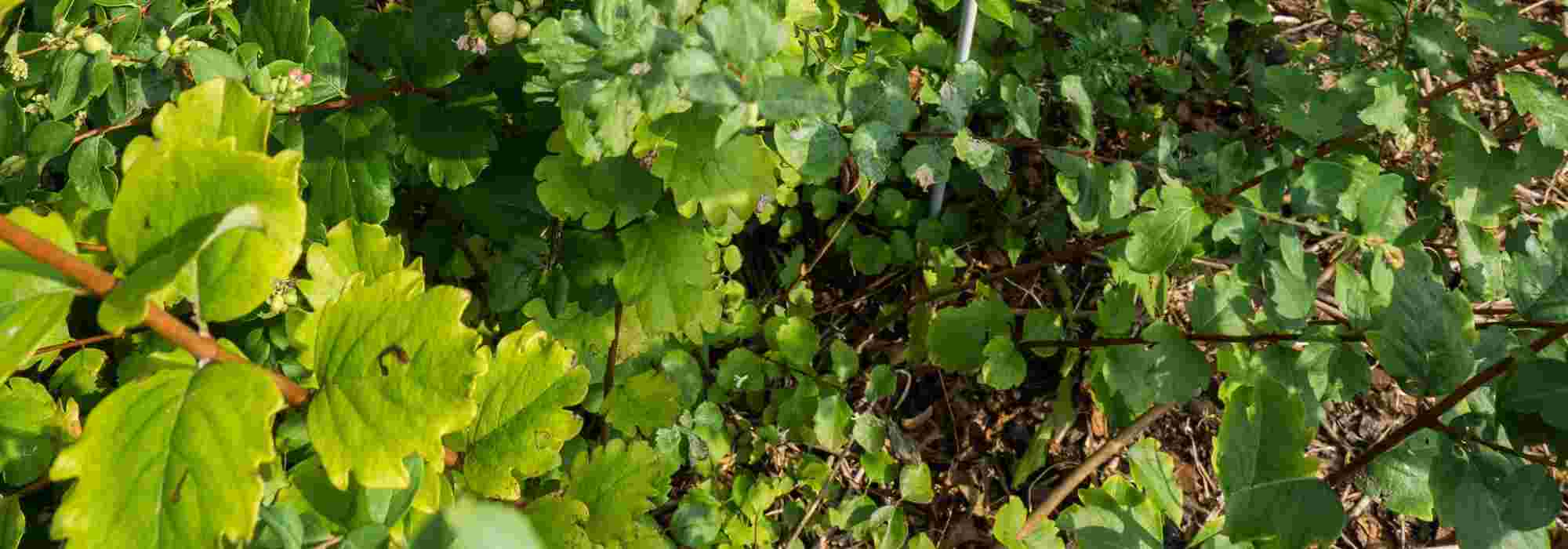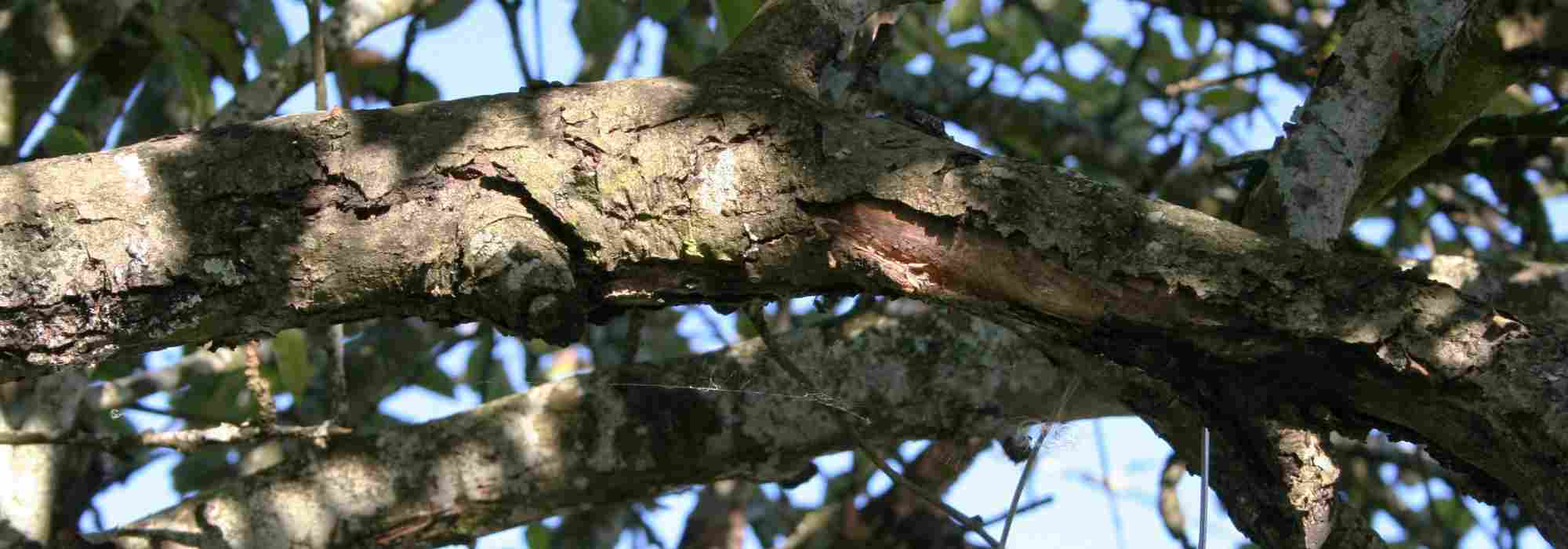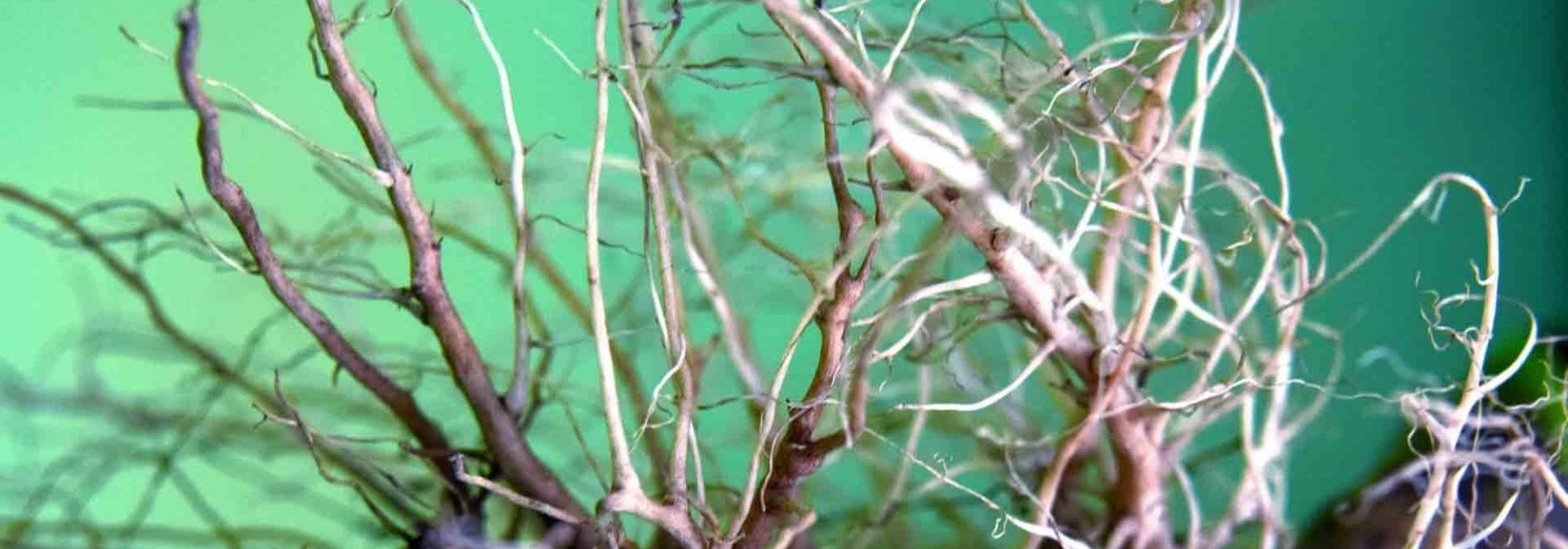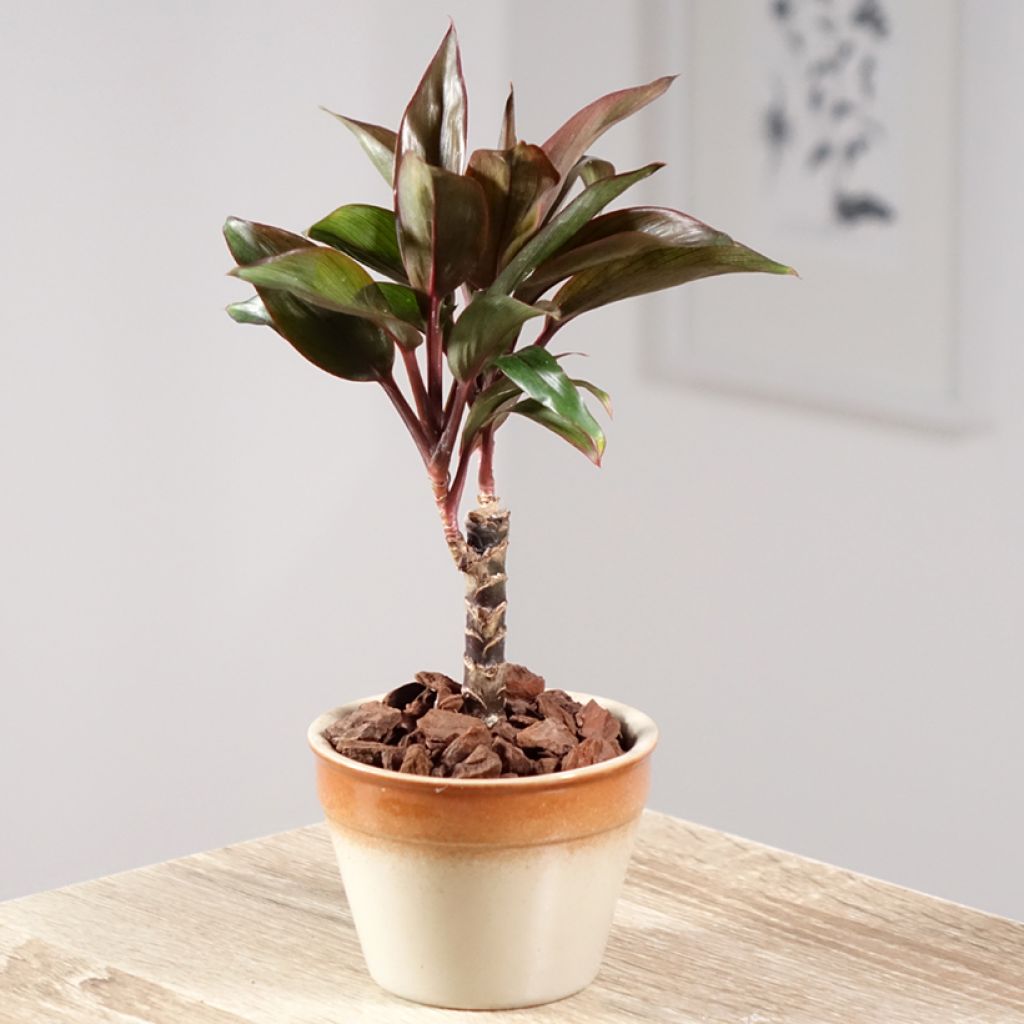

Cordyline fructicosa Purple Compacta - Ti plant
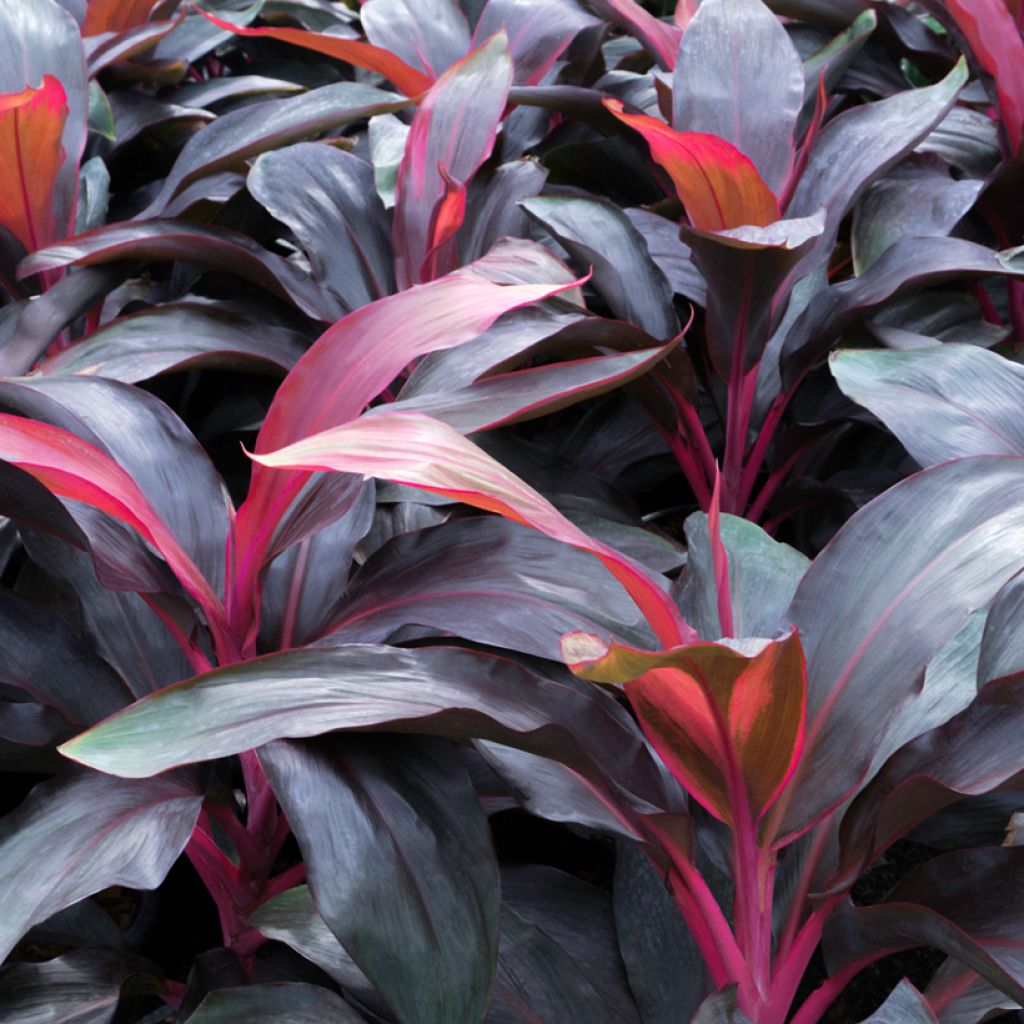

Cordyline fructicosa Purple Compacta - Ti plant
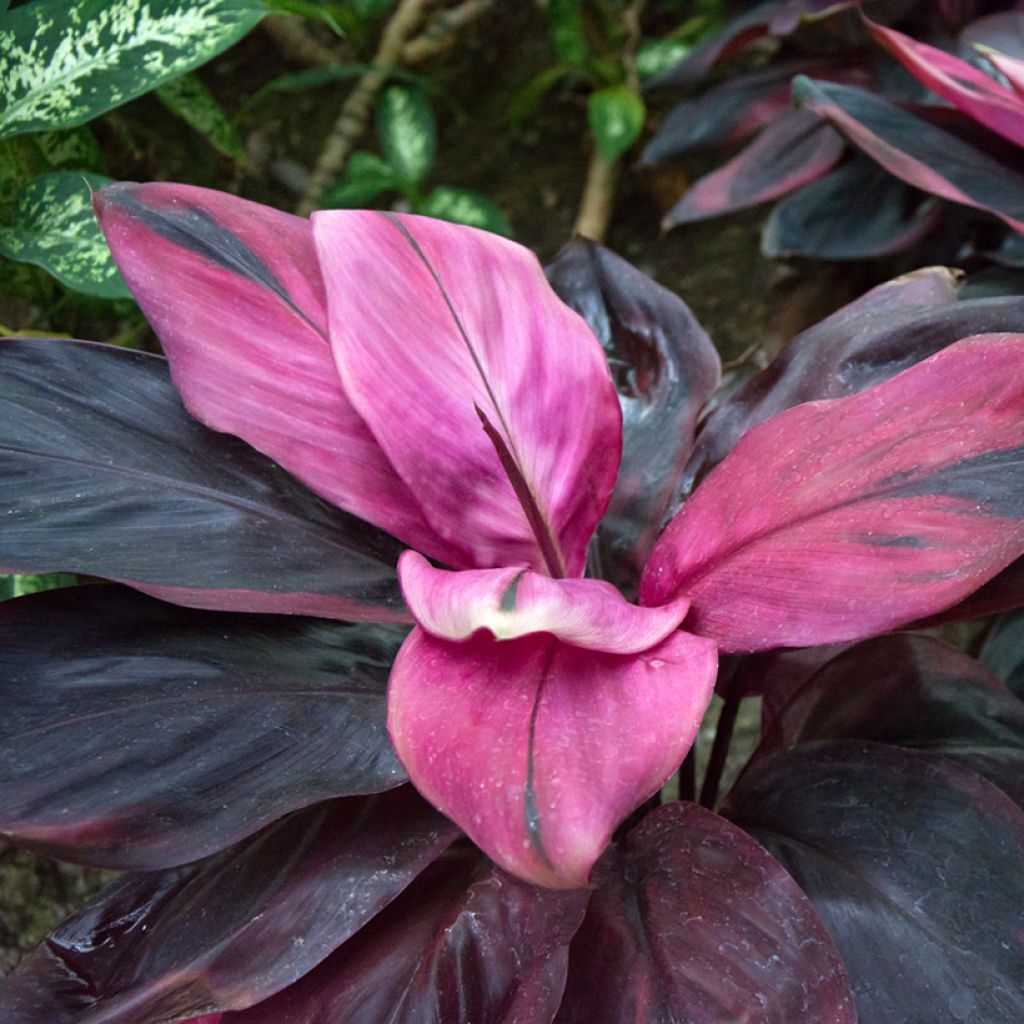

Cordyline fructicosa Purple Compacta - Ti plant
Cordyline fructicosa Purple Compacta - Ti plant
Cordyline fructicosa Purple Compacta
Cabbage palm, Ti plant
Special offer!
Receive a €20 voucher for any order over €90 (excluding delivery costs, credit notes, and plastic-free options)!
1- Add your favorite plants to your cart.
2- Once you have reached €90, confirm your order (you can even choose the delivery date!).
3- As soon as your order is shipped, you will receive an email containing your voucher code, valid for 3 months (90 days).
Your voucher is unique and can only be used once, for any order with a minimum value of €20, excluding delivery costs.
Can be combined with other current offers, non-divisible and non-refundable.
Home or relay delivery (depending on size and destination)
Schedule delivery date,
and select date in basket
This plant carries a 30 days recovery warranty
More information
We guarantee the quality of our plants for a full growing cycle, and will replace at our expense any plant that fails to recover under normal climatic and planting conditions.
Description
The Cordyline fruticosa 'Purple Compacta', also known as Ti Plant or Compact Hawaiian Ti, is an indoor cordyline admired for its splendid purple foliage and compact habit. Its lanceolate, smooth, glossy leaves add a touch of magic to any home. Perfect for contemporary or tropical-inspired spaces, it will blend seamlessly into a modern or bohemian décor. Place it in a bright spot away from direct sunlight and ensure its substrate remains slightly moist without overwatering.
The Cordyline fruticosa 'Purple Compacta' is a horticultural variety derived from the Cordyline fruticosa species, belonging to the Asparagaceae family, also known by the botanical synonym Cordyline terminalis 'Purple Compacta'. This shrubby perennial has an upright, dense habit, typically reaching a height of 1 m indoors depending on growing conditions. Its straight stems branch little and become lignified with age, forming a slender trunk adorned with foliar scars left by fallen leaves. The lanceolate, smooth, and almost glossy leaves measure between 30 and 50 cm long and 5 to 10 cm wide; they display shades ranging from deep purple to intense violet. This cordyline has a relatively slow growth rate, with an annual shoot growth of 10 to 15 cm. In summer, it produces white or pale lilac-resembling flowers grouped into panicles, which later turn into red berries containing the seeds.
Warning - The Cordyline fruticosa 'Purple Compacta' is mildly toxic if ingested.
Native to tropical regions of Asia and Oceania, particularly from India to New Zealand, the Cordyline fruticosa species grows naturally in varied habitats such as open woodlands, clear hillsides, and riverbanks.
Indoors, this species prefers bright light without direct sun exposure, moderate humidity, and temperatures between 18 and 24 °C. It is recommended to let the substrate dry out about three centimetres deep between waterings and to avoid stagnant water in the cache pot or saucer to prevent root rot.
The Cordyline fruticosa 'Purple Compacta' is a charming addition to bright interiors; welcome it into your living room, office, or even a well-lit hallway. With its intense purple foliage, it fits perfectly into modern, exotic, or bohemian décors. Place it in a textured ceramic pot to enhance its elegance, or opt for a wicker pot holder for a more tropical vibe. On a shelf, console table, or near an armchair, it will make a striking statement. Feel free to pair it with other Cordylines and Beaucarnea or Elephant's Foot plants.
Foliage
Plant habit
Flowering
Botanical data
Cordyline
fructicosa
Purple Compacta
Asparagaceae
Cabbage palm, Ti plant
Cultivar or hybrid
Safety measures
Other Houseplants
View all →Location
Location
Maintenance and care
Watering tips
Potting advice, substrates and fertilisers
Houseplant care
Disease and pest advice
Maintenance and care
Planting & care advice
This item has not been reviewed yet - be the first to leave a review about it.
Haven't found what you were looking for?
Hardiness is the lowest winter temperature a plant can endure without suffering serious damage or even dying. However, hardiness is affected by location (a sheltered area, such as a patio), protection (winter cover) and soil type (hardiness is improved by well-drained soil).

Photo Sharing Terms & Conditions
In order to encourage gardeners to interact and share their experiences, Promesse de fleurs offers various media enabling content to be uploaded onto its Site - in particular via the ‘Photo sharing’ module.
The User agrees to refrain from:
- Posting any content that is illegal, prejudicial, insulting, racist, inciteful to hatred, revisionist, contrary to public decency, that infringes on privacy or on the privacy rights of third parties, in particular the publicity rights of persons and goods, intellectual property rights, or the right to privacy.
- Submitting content on behalf of a third party;
- Impersonate the identity of a third party and/or publish any personal information about a third party;
In general, the User undertakes to refrain from any unethical behaviour.
All Content (in particular text, comments, files, images, photos, videos, creative works, etc.), which may be subject to property or intellectual property rights, image or other private rights, shall remain the property of the User, subject to the limited rights granted by the terms of the licence granted by Promesse de fleurs as stated below. Users are at liberty to publish or not to publish such Content on the Site, notably via the ‘Photo Sharing’ facility, and accept that this Content shall be made public and freely accessible, notably on the Internet.
Users further acknowledge, undertake to have ,and guarantee that they hold all necessary rights and permissions to publish such material on the Site, in particular with regard to the legislation in force pertaining to any privacy, property, intellectual property, image, or contractual rights, or rights of any other nature. By publishing such Content on the Site, Users acknowledge accepting full liability as publishers of the Content within the meaning of the law, and grant Promesse de fleurs, free of charge, an inclusive, worldwide licence for the said Content for the entire duration of its publication, including all reproduction, representation, up/downloading, displaying, performing, transmission, and storage rights.
Users also grant permission for their name to be linked to the Content and accept that this link may not always be made available.
By engaging in posting material, Users consent to their Content becoming automatically accessible on the Internet, in particular on other sites and/or blogs and/or web pages of the Promesse de fleurs site, including in particular social pages and the Promesse de fleurs catalogue.
Users may secure the removal of entrusted content free of charge by issuing a simple request via our contact form.
The flowering period indicated on our website applies to countries and regions located in USDA zone 8 (France, the United Kingdom, Ireland, the Netherlands, etc.)
It will vary according to where you live:
- In zones 9 to 10 (Italy, Spain, Greece, etc.), flowering will occur about 2 to 4 weeks earlier.
- In zones 6 to 7 (Germany, Poland, Slovenia, and lower mountainous regions), flowering will be delayed by 2 to 3 weeks.
- In zone 5 (Central Europe, Scandinavia), blooming will be delayed by 3 to 5 weeks.
In temperate climates, pruning of spring-flowering shrubs (forsythia, spireas, etc.) should be done just after flowering.
Pruning of summer-flowering shrubs (Indian Lilac, Perovskia, etc.) can be done in winter or spring.
In cold regions as well as with frost-sensitive plants, avoid pruning too early when severe frosts may still occur.
The planting period indicated on our website applies to countries and regions located in USDA zone 8 (France, United Kingdom, Ireland, Netherlands).
It will vary according to where you live:
- In Mediterranean zones (Marseille, Madrid, Milan, etc.), autumn and winter are the best planting periods.
- In continental zones (Strasbourg, Munich, Vienna, etc.), delay planting by 2 to 3 weeks in spring and bring it forward by 2 to 4 weeks in autumn.
- In mountainous regions (the Alps, Pyrenees, Carpathians, etc.), it is best to plant in late spring (May-June) or late summer (August-September).
The harvesting period indicated on our website applies to countries and regions in USDA zone 8 (France, England, Ireland, the Netherlands).
In colder areas (Scandinavia, Poland, Austria...) fruit and vegetable harvests are likely to be delayed by 3-4 weeks.
In warmer areas (Italy, Spain, Greece, etc.), harvesting will probably take place earlier, depending on weather conditions.
The sowing periods indicated on our website apply to countries and regions within USDA Zone 8 (France, UK, Ireland, Netherlands).
In colder areas (Scandinavia, Poland, Austria...), delay any outdoor sowing by 3-4 weeks, or sow under glass.
In warmer climes (Italy, Spain, Greece, etc.), bring outdoor sowing forward by a few weeks.






























